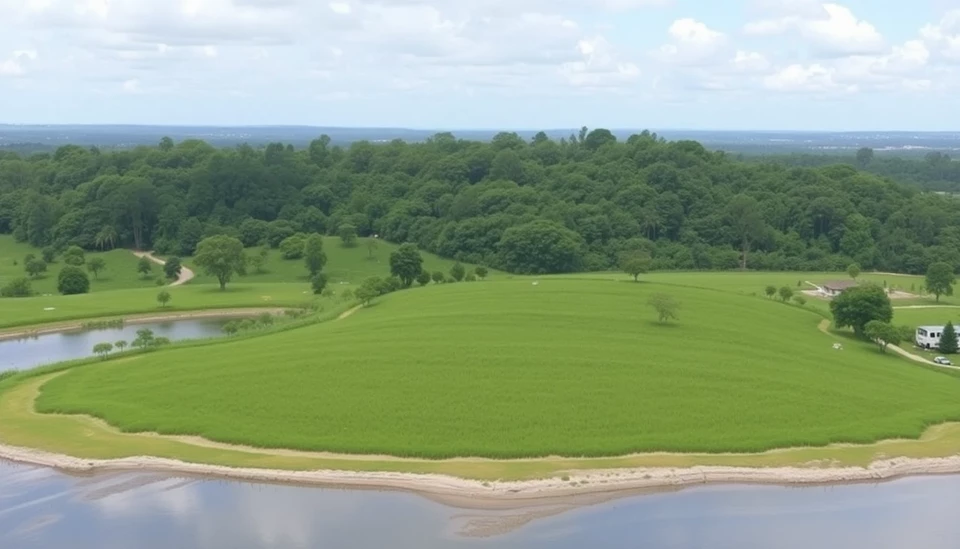
As the world focuses on climate change and environmental conservation, Brazil's Amazon rainforest remains at the center of an ongoing battle between ecological preservation and economic development. As we enter 2024, the Brazilian government is poised to take significant steps to protect the Amazon, but these measures are complicated by the persistent poverty that affects many of the region's inhabitants.
In recent years, the Amazon rainforest has experienced alarming rates of deforestation, driven by logging, agriculture, and mining. In an effort to combat these destructive practices, the new Brazilian administration has announced an extensive plan to strengthen protections for the Amazon. This initiative is part of a broader agenda to restore the country’s environmental commitments and enhance global cooperation in climate matters.
The government plans to increase surveillance and enforcement against illegal logging activities, which have plagued the rainforest for decades. This will involve not only bolstering the capacity of environmental agencies but also enhancing satellite monitoring systems that track deforestation and illegal land use in real time. These efforts are essential as the Brazilian government aims to achieve ambitious climate goals, including a significant reduction in greenhouse gas emissions by the end of the decade.
However, these protective measures face a formidable challenge: poverty among the local communities who rely on the forest for their livelihoods. Reports indicate that many indigenous populations and other rural residents engage in practices that contribute to deforestation, often out of economic necessity. The dilemma thus lies in balancing environmental sustainability with the urgent need for economic opportunities in these vulnerable populations.
To address this issue, the Brazilian government is prioritizing sustainable development initiatives that align with conservation efforts. This includes investing in training programs that teach indigenous communities sustainable agricultural practices and eco-tourism opportunities. By promoting these alternative livelihoods, the administration hopes to create a viable economic framework that lessens dependency on environmental degradation.
Experts note that success in this dual focus on economic improvement and environmental protection is crucial not just for Brazil, but for global climate stability as a whole. The Amazon rainforest is often nicknamed “the lungs of the planet,” emphasizing its critical role in absorbing carbon dioxide and supporting biodiversity. Protecting this vital resource is seen as essential in the fight against climate change.
As efforts to protect the Amazon gain momentum in 2024, the outcome will depend heavily on the ability to engage local communities meaningfully in these initiatives. Policymakers must ensure that environmental regulations do not lead to increased poverty and discontent among those who call the rainforest home. The balance of ecological preservation and economic development is a tightrope that Brazil will need to walk carefully in the years to come.
In conclusion, the developments in Brazil regarding the Amazon rainforest paint a complex picture of environmental stewardship intertwined with socio-economic realities. The coming months will reveal whether Brazil can successfully turn the tide on deforestation while simultaneously uplifting its communities out of poverty.
#AmazonRainforest #EnvironmentalProtection #Brazil #ClimateChange #SustainableDevelopment #IndigenousRights #Deforestation #EcoTourism
Author: Megan Clarke




